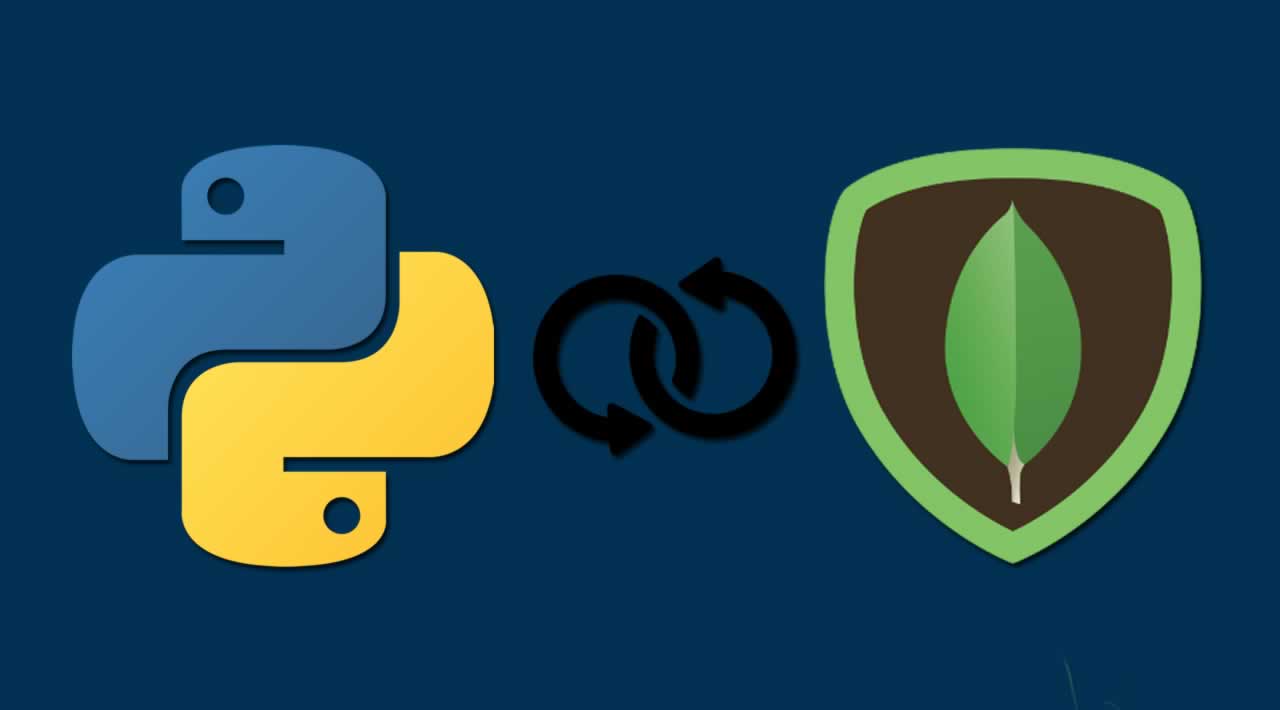MongoDB is a document database where you can store data directly in JSON format. It is very simple to start and create an application using MongoDB. Yet it is a powerful tool.
And you can use it to store a time-series data into it.
In a simplified way, a time-series is a series of data in time order. It can be constant, that is, the interval between each entry is equal (seconds, minutes, hours), or it can have different time intervals. The important fact is that each entry has a sequenced timestamp associated with it.
There are many situations in real world that use a time-series data:
-
A weather station acquiring humidity, temperature, and pressure data. You want to know when one given temperature was acquired, so you predict whether you have to wear a jacket to go out.
-
A stock market analyst, who uses all the stock prices over time to run some analysis and identify opportunities.
-
A formula one car that sends telemetry information each second, such as speed, fuel consumption, temperatures, so the engineers can calculate and tell the driver what to do next.
There are some ways of storing them in a Mongo database and we are going to see each of them.
#software-engineering #python #programming #mongodb
